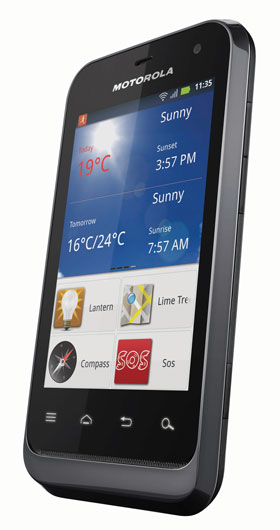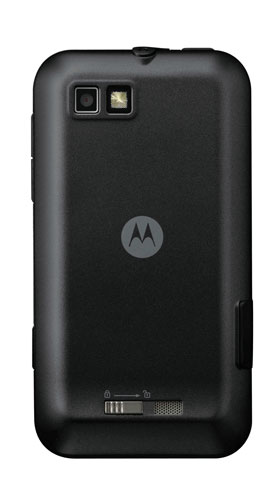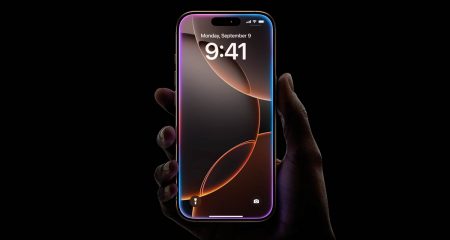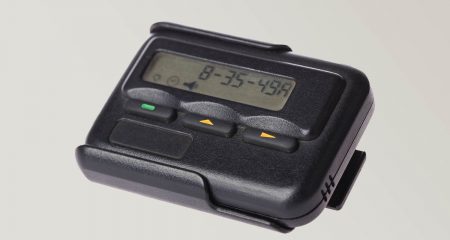 Motorola keeps slogging away in the hypercompetitive mobile device market. Like rival Samsung, the company likes to hedge its bets with a range of handsets that cover the full range of the market, from budget-conscious consumers to those demanding high-end smartphones. Its latest entry-level smartphone is the Defy Mini, a compact and cost-effective handset that doesn’t compromise on functionality.
Motorola keeps slogging away in the hypercompetitive mobile device market. Like rival Samsung, the company likes to hedge its bets with a range of handsets that cover the full range of the market, from budget-conscious consumers to those demanding high-end smartphones. Its latest entry-level smartphone is the Defy Mini, a compact and cost-effective handset that doesn’t compromise on functionality.
Like all of Motorola smartphones, the Defy Mini runs Google’s Android operating system. In this instance, it’s Gingerbread — specifically version 2.3.6 — and recent reports suggest it won’t be getting an upgrade to either Ice Cream Sandwich or Jelly Bean, the two most recent releases of Android.
As its name suggests, the Defy Mini is a compact device. It weighs in at only 107g and offers a 3,2-inch, 320×480-pixel capacitive touchscreen display that isn’t great in sunlight and doesn’t leave much room for text when the onscreen keyboard is in use. But it’s hard to complain given the device costs only two grand.
Those with large digits will find the typing taxing, even though the screen is very responsive. This can be alleviated somewhat by using the device in landscape orientation, although then you only get two lines of text, which isn’t always ideal when typing e-mails.
Motorola has also tried to improve the text-input experience by including Swype — the keyboard application that allows you to type by tracing the pattern of the word you want to use rather than pecking out each letter individually. It’s surprisingly accurate and can result in speedy input with a little practice.
Nevertheless, if you spend a lot of time dealing with e-mail or browsing the Web, you’ll find the screen size frustrating. The browser is capable, but doesn’t support Flash or reformat text if you zoom to a custom level rather than simply the default zoom level achieved with a double-tap.
Another feature where Motorola has clearly sought to keep costs down is the camera. Offering only three megapixels, a fixed focus, a weak LED flash, ghastly shutter lag and video recording at 640×480 pixels, the Defy Mini’s camera is exactly what you’d expect it to be: mediocre. The handset does, however, include a front-facing camera.
With only 512MB of onboard memory, less than 150MB of which is available out of the box, the Defy Mini doesn’t leave much room for applications. While the storage can be expanded via a microSD slot beneath the battery by up to 32GB — there’s a 2GB card supplied — we’d still like to see at least 1GB of flash memory in the device itself.
The Defy Mini is also a little underpowered, with a 600MHz processor that results in some lag when using lots of apps. But then again this is to be expected in a R2 000 device.
 Motorola has, however, decided to include some features you wouldn’t necessarily expect to see on a phone in this price category. These include the ability to use it as a DLNA server to stream media to other compatible devices and a widget called “Activity Graph”, which forms part of Motorola’s own Android customisations, collectively called “MotoSwitch”.
Motorola has, however, decided to include some features you wouldn’t necessarily expect to see on a phone in this price category. These include the ability to use it as a DLNA server to stream media to other compatible devices and a widget called “Activity Graph”, which forms part of Motorola’s own Android customisations, collectively called “MotoSwitch”.
Activity Graph tracks your application usage and offers shortcuts to your most used apps in an attractive widget that creates tiles for each application and changes their size according to importance.
Another widget, “Social Graph”, provides the same functionality for your most frequently used contacts.
Similarly useful is the ability to have up to nine home screens, and the ability to use one of three profiles — home, work or weekend — with up to nine home screens each. While having 27 home screens heavy-laden with widgets will certainly push the Defy Mini’s processor to its limits, it’s great to see innovative functionality offered on a budget device.
We’ve never been big fans of port covers, even if they are necessary on a device that’s “dust and water resistant”, and the Defy Mini’s micro USB and headphone jack covers don’t do anything to change that opinion. They’re fiddly and can be difficult to open, which proves particularly annoying in the case of the micro USB port that’s used for charging.
Though Motorola says the Defy Mini is “resistant” to dust and water, there is no official certification to this effect, which kept us from checking whether or not it would survive being fully submerged in water. Still, it feels rugged and the lock on the rear cover and seal around the battery give the impression of a hardy handset — something not normally seen in the Defy Mini’s price range.
Its volume rocker, dedicated camera button and tiny power button don’t have the same resilient feel as the rest of the device, but the inclusion of a dedicated camera button is always welcome, even if the camera it’s attached to is uninspiring.
Like many devices in its class, the Defy Mini includes a stereo FM radio and the built in music app is pleasing to use and can be controlled via the notifications menu.
The Defy Mini also includes an accelerometer, compass and GPS. The cellular antenna offers speeds of up to 7,2Mbit/s.
Short and stout and unlikely to win any awards, the Defy Mini is nevertheless an incredibly capable, affordable handset that demonstrates that a good operating system can make up for a wide variety of hardware compromises when it comes to functionality. It also shows that fully featured sub-R1 000 smartphones really are just around the corner. — (c) 2012 NewsCentral Media




